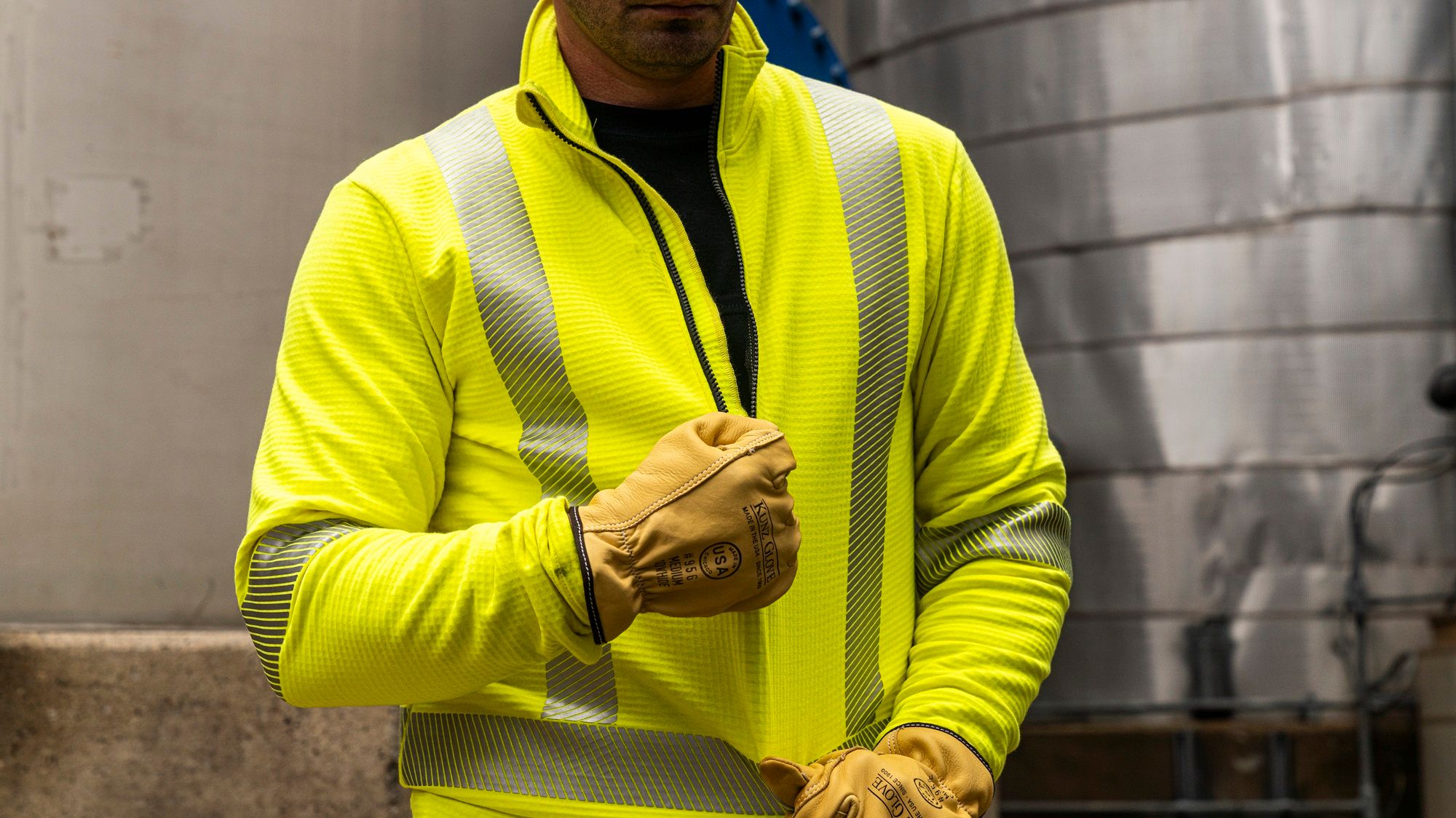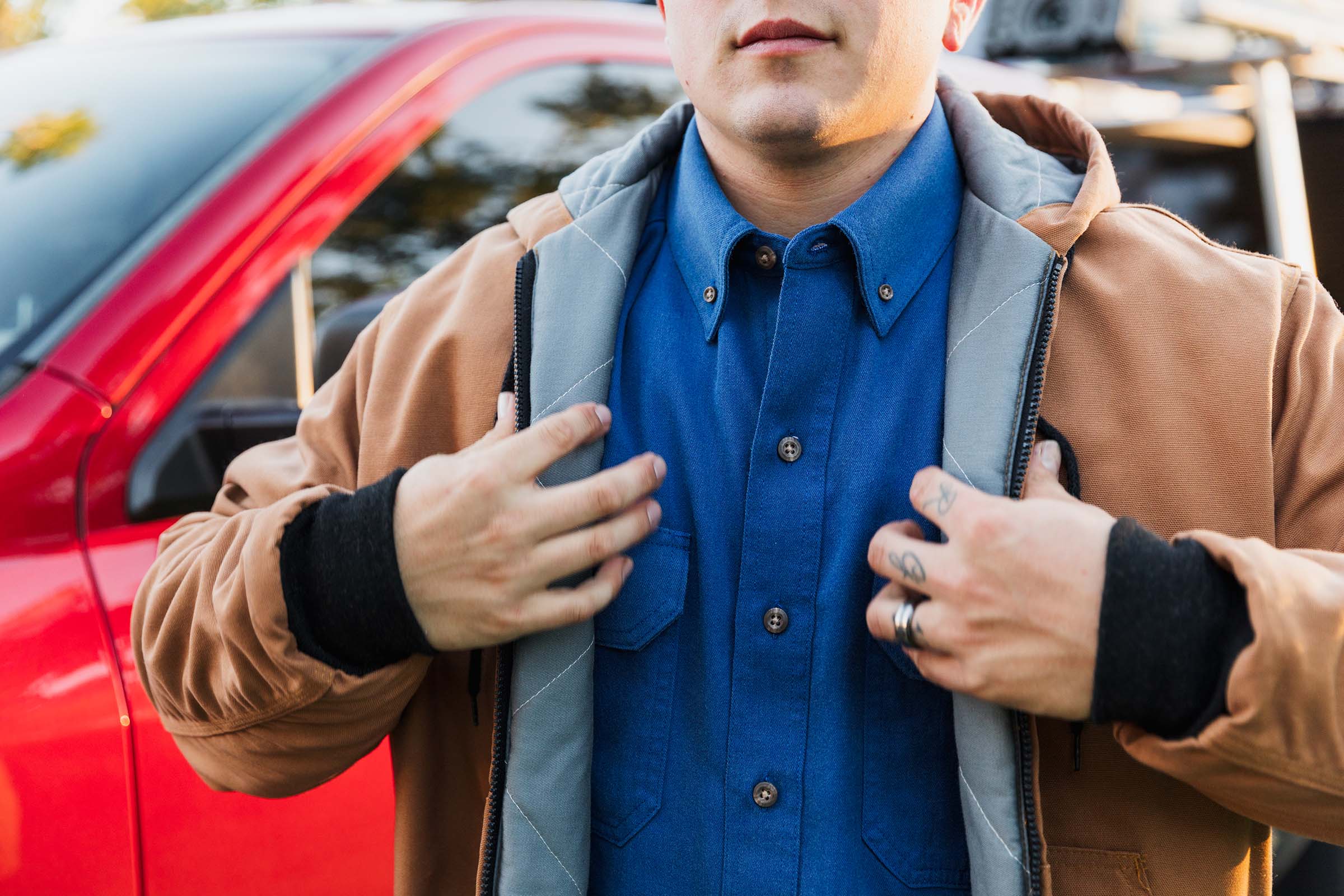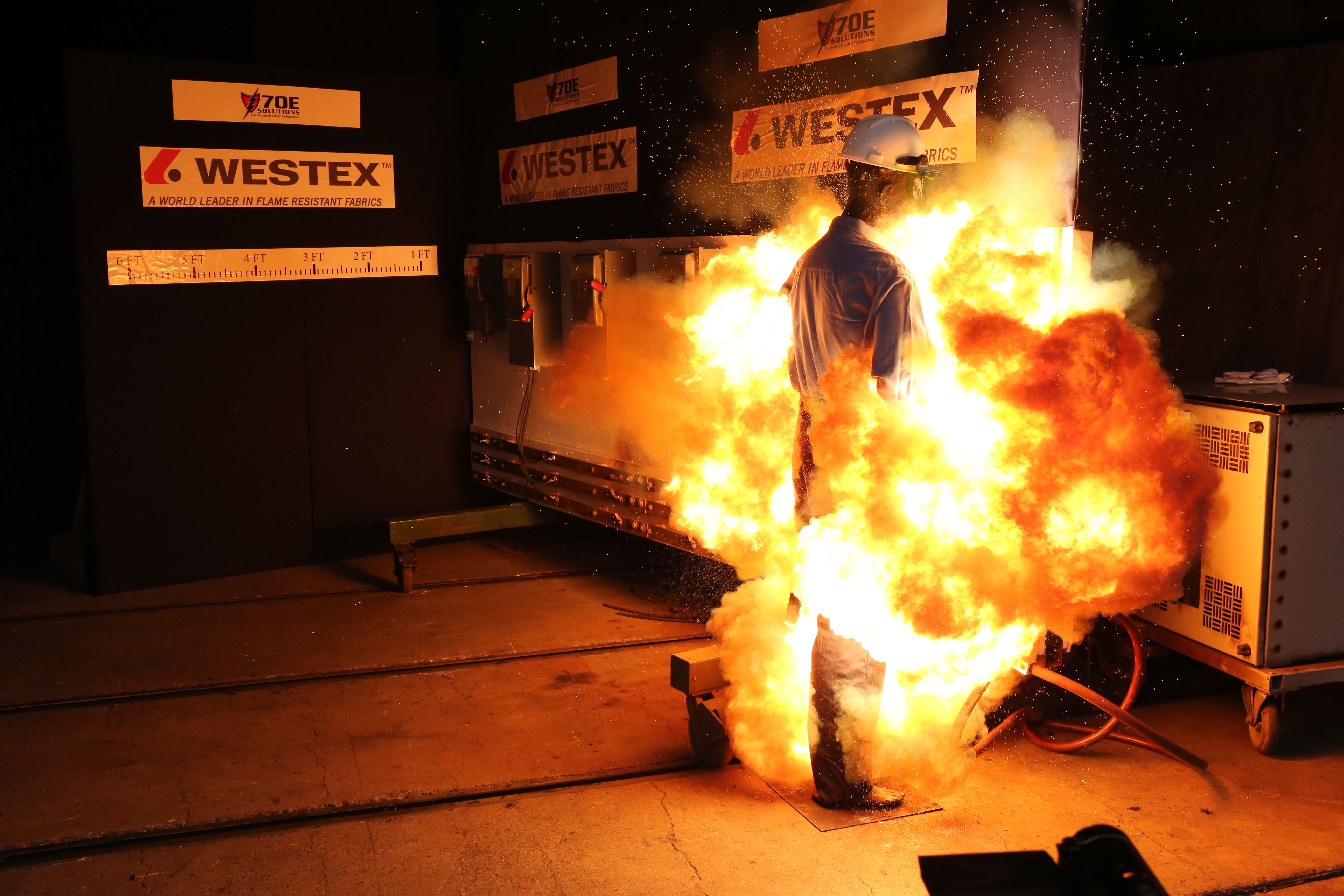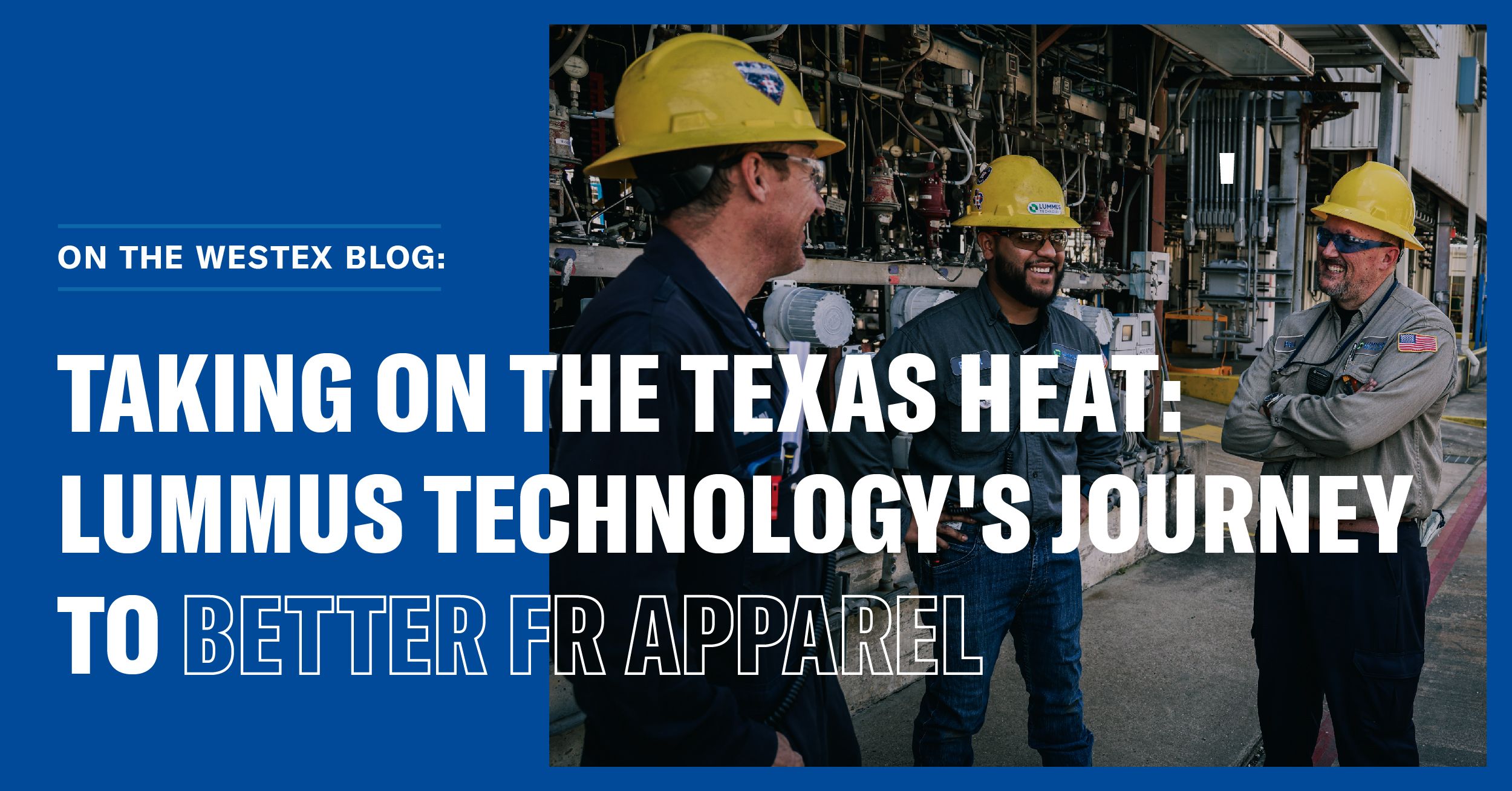
How Science Helps High-Visibility Fabrics Protect Workers in High-Risk Professions
15 Jan 2025
When Hurricane Helene hit the Carolinas in September 2024, nearly 20,000 line workers descended upon the Western North Carolina and Upstate South Carolina regions to support the recovery and power restoration efforts. In an all-hands-on-deck situation, these crews worked around-the-clock to restore power to the millions of customers across the Carolinas who were forced to live off-the-grid, some going weeks without power.
This work wasn’t the typical 9-to-5 either. With shifts that could last up to 16, 18 or even 24 hours a day, the environments these workers had to navigate were treacherous. Wading through mud, navigating fallen trees and desolate roadways and working in the pitch black put an additional emphasis on the need for high-performance protective apparel. In this situation, these line workers needed to trust the flame-resistant clothing they wore could handle whatever the terrain threw at them.
Incidents like this one force workers in high-risk professions, like utilities and oil and gas, to think about how the apparel they wear on-the-job is designed and manufactured—and trust they’re working with suppliers who are bringing the most innovative, cutting-edge science to the table.
Take high-visibility apparel for example, a quick Google search for “hi-vis clothes for line workers” returns dozens of search results—but few go in-depth on what it takes to make FR clothes truly hi-vis. After all, anyone can dye a cotton t-shirt yellow and say it’s ready to help protect you at night, in bad weather or under any other low-visibility situation. The truth—it takes a perfect manufacturing process, proven FR technology, a challenging dyeing process and a team with decades of experience developing protective fabrics for these exact situations.
That’s exactly where Steve Lucas, a development manager for the protective fabrics division of Milliken & Company, comes in. With more than 20 years studying FR materials and an R&D100 award to his name, Steve has played a key role in the development of the Westex hi-vis FR fabric portfolio.

A Conversation with Steve Lucas: Understanding the Science Behind Hi-Vis
Not just any bright yellow or orange shirt can’t be considered high visibility. Can you explain what makes a hi-vis shirt garment truly hi-vis?
Steve: That’s exactly right. To the naked eye, it’s impossible to look at a yellow shirt or vest and be able to tell if it’s high-visibility or not. It comes down to the brightness, or the fluorescence in the garment, not the color.
The easiest way to think about it is if you look at a white T-shirt and then you put it under a black light, it illuminates. It gives you a bright white that almost looks like it’s glowing or it’s been hit with a highlighter. You’re looking at the same white, but your eye looks at it in a different way under a different light. So, you see it shining back as a fluorescent light in the darkness. Again, it’s the same color but your eye is picking up the luminance.
That’s how you can think about hi-vis garments. When light hits it in the dark, will it shine that bright light, will it illuminate?
If you’re purchasing hi-vis garments for your workforce, how can you ensure you’re sourcing truly hi-vis materials?
Steve: You want to look for fabrics that have been certified to the ANSI 107 standard. This standard provides guidelines for the design, performance, and use of high-visibility safety apparel (HVSA) across a variety of working environments. Any credible manufacturer will have these certifications readily available for their materials.
Tell us more about the ANSI 107 standard and the requirements to meet it.
Steve: There are various requirements for ANSI 107 but the more challenging requirements to meet for a product that contains cotton is the colorfastness tests. The fabric is submitted to a Xenon light that simulates the potential fading caused by the sun. You must get the color to stay inside a specific region of color space and maintain its brightness, essentially without any fading.
You mention color space. Can you help us understand that concept?
Steve: So, when you think about a color space, think of a football. Every color you see falls within a three-dimensional space, or this football. What the ANSI says is that your yellow, in this case, must fall within this very specific football and if it doesn’t it’s not ANSI 107. But the trick is that it’s not just the color with this standard, it’s the brightness. We can easily get an FR fabric into the right yellow football; the hard part is making sure it’s bright enough. Which is a totally different football.
It sounds like this is where the challenges in developing hi-vis FR come in?
Steve: Yeah, that’s right. The challenge in the past with cottons has been the propensity to fade with this xenon light test that ANSI runs—basically, if you’re wearing this shirt out in the sun every day for a month, will the brightness lose its luster?
What we did at Milliken was develop a proprietary FR technology process that allows the fabric to maintain its brightness and stay within the color space (or football). It basically “traps” that color so it never loses its brightness.
Wash durability is another important test, where the fabric is washed multiple times and reevaluated for color space and luminescence. The standard only requires you to maintain that brightness after five washes, but Milliken’s fabric has been shown to last at least 100 washes and still maintain its color and brightness.
Where to Source High-Visibility, FR Fabrics for Apparel
Westex has multiple FR fabrics available in hi-vis options. Specific fabric lines that are available include DH, [DH Air™](https://www.westex.com/fabrics/westex-dh-air, Polartec® FR, and UltraSoft®. Every option is certified to the ANSI 107 standard. Need help sourcing your hi-vis, FR materials or looking for more information? Contact a Westex FR expert today for one-on-one support in sourcing the best materials for your team.


